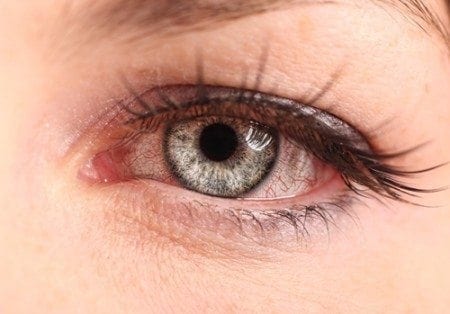While the amount of light you have in a room is mostly due to personal preference, there are some recommended brightness levels for different rooms.
Having optimal brightness is not solely for visual purposes. It is integral for preventing eye strain and ensuring your light conditions accommodate your visual needs. Determining the brightness required for a room is not as easy as plugging in floor reading lamps until you’re satisfied. With a simple calculation and slight adjustments, you can get the perfect amount of illumination.
Talking about brightness
Like other light quality metrics, such as correlated color temperature and color rendering, brightness has its own unit of measurement. In the U.S., the light emitted from your bedside reading lamps, pendant fixtures or any other source is often denoted using foot candles. This unit tells you how bright a light is one foot from the bulb. In recent years, however, lighting industry experts are more often using the measurement known as lumens for consumer-facing materials. Although lumens and foot candles may seem similar, they are actually different.
Given that you’re more likely see the number of lumens on bulb packaging, let’s focus on that measurement. Keep in mind, however, that foot candles are important for determining how many lumens you need in a room, as one foot candle equals one lumen per square foot.
Break out the tape measure

Start by figuring out the square footage of each of your rooms. Use a tape measure to note the length and width and be sure to account for irregularly shaped rooms. Once you have the measurements, you can calculate the lumens needed to completely illuminate the room.
Grab a calculator
With a few reference measurements for foot candle needs for different rooms, you can use your room measurements to calculate the lumens required.
- Bathrooms and above kitchen stoves and sinks (70 to 80 foot candles)
- General kitchen lighting and dining rooms (30 to 40)
- Bedrooms and living rooms (10 to 20)
- Hallways (5 to 10)
Next, multiply the square footage of the room by the foot candles required and you’ll have the lumens necessary to adequately light the room. Don’t forget that your calculations may not provide optimal brightness, as room configurations, furniture and other factors can affect the ambient light levels in your rooms.
A note about equivalencies
As more incandescent bulbs are phased out of production, you may also see more lighting product packaging have information about brightness equivalencies, particularly on more energy efficient products like compact fluorescent and LED bulbs. Usually, this information references lumens per watt, which tells you how much brightness you get for each unit of energy. Although this may seem like an additional bit of confusing information, equivalency data simply tells you how much energy you save while getting the same brightness.
If, for example, you were considering a 13-watt CFL bulb that was said to be equivalent to a 75-watt incandescent bulb with 1150 lumens, you’ll be getting the same number of lumens while using 62 fewer watts. There are, however, always chances of inflated manufacturer claims about equivalencies, so be sure to research products to ensure you’re getting what you pay for.
Don’t forget the personal factor
Whenever selecting bulbs, keep in mind that these are general guidelines for finding the best light for your home. If you have aged-related vision problems, such as cataracts or macular degeneration, or if you simply have trouble reading, you’ll likely need more light that the average consumer. These conditions are known to require brighter light and may present additional considerations.


